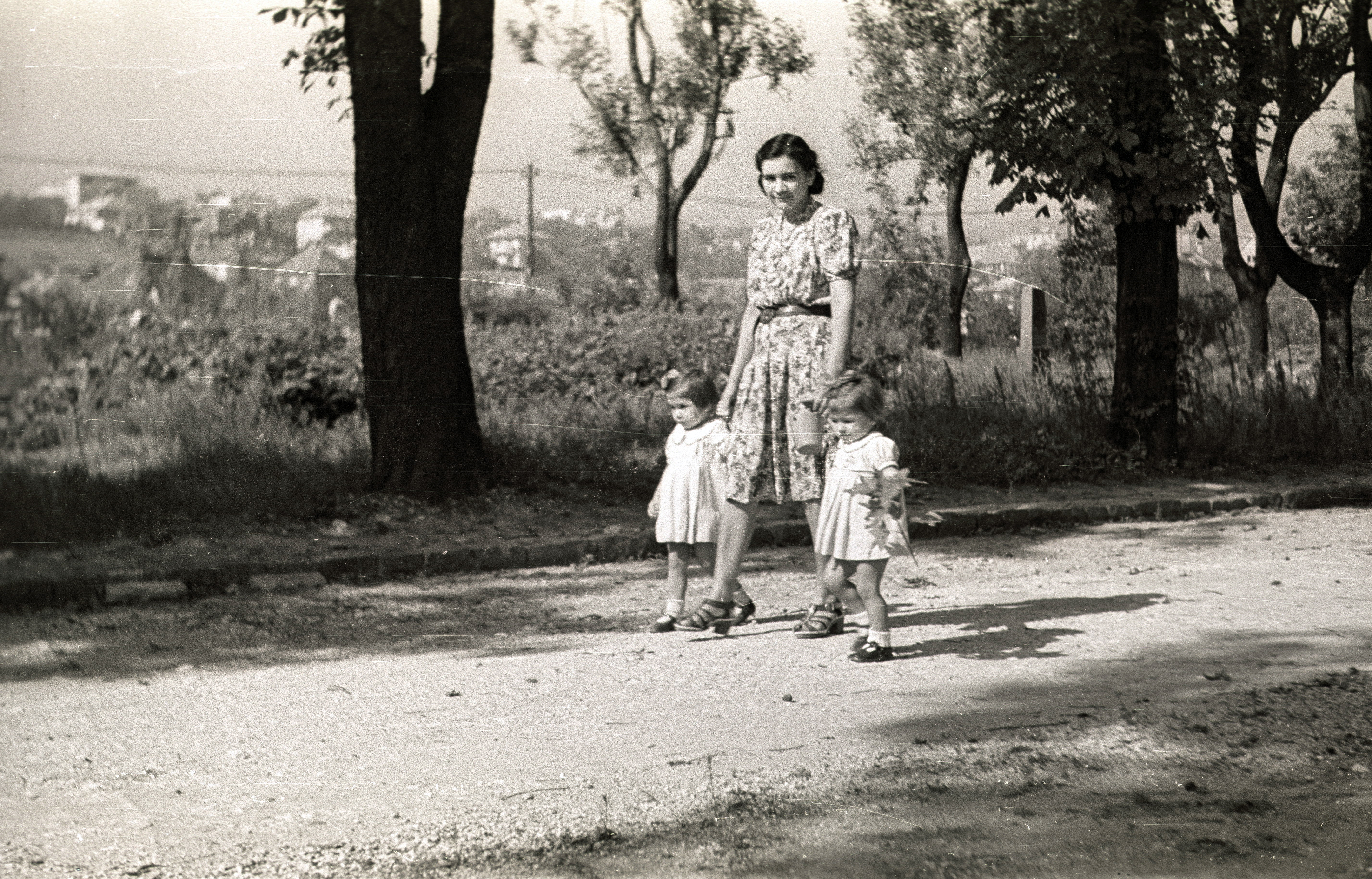Tabán & Németvölgy
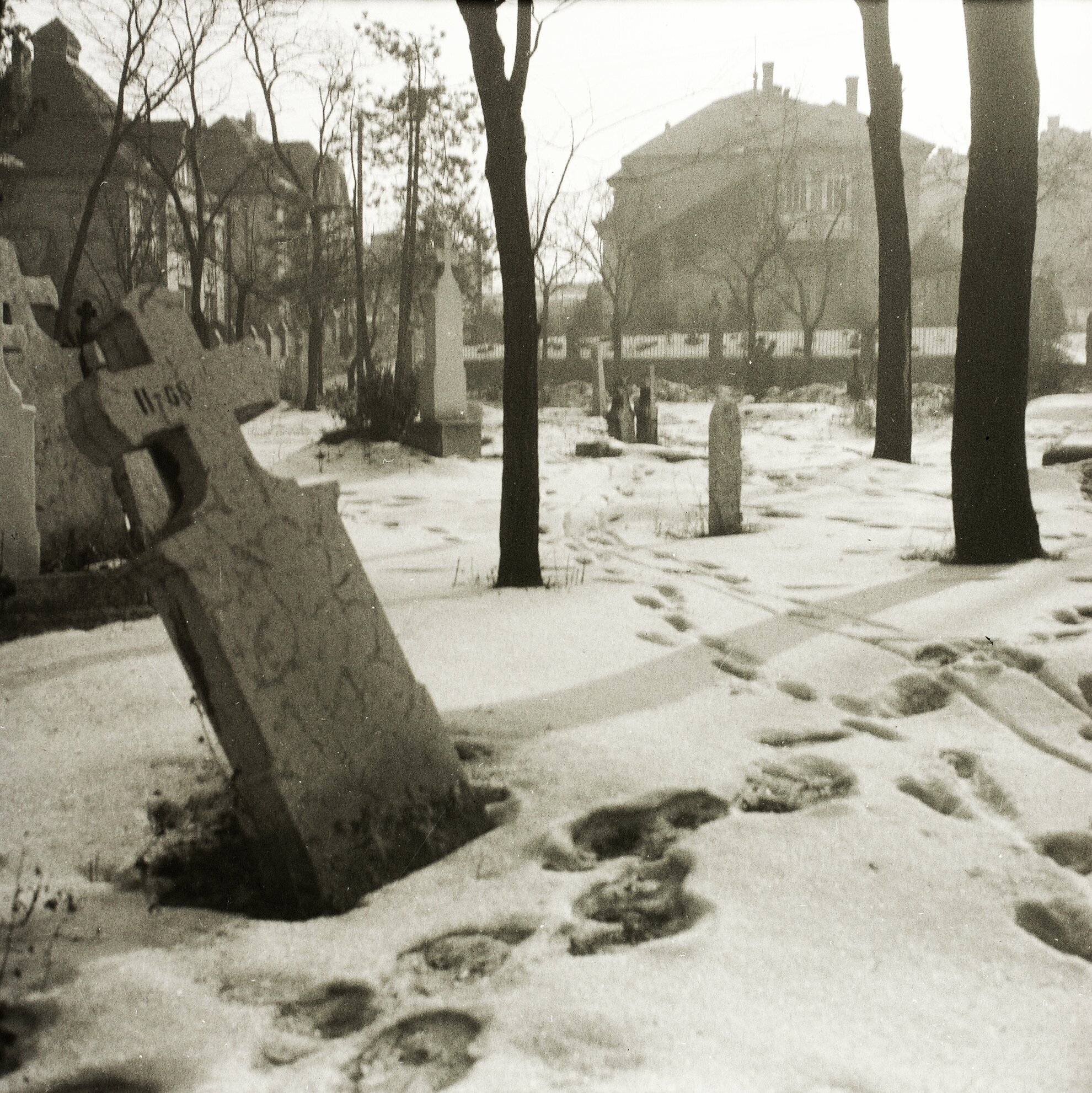
Today, instead of the former cemeteries along Hegyalja út, there is a park, a swimming pool and a sports complex. Many think that these are the two parts of the same cemetery divided by Alkotás út, but in reality there were two cemeteries next to each other.
Tabán (Krisztinaváros) cemetery is already the third in the former Tabán. Its predecessor was near today's Gellért Hotel in the second half of the 1700s – it was closed sometime in the last years of that century - and its predecessor was near Saint Catherine Church. The third opened on the other side of Gellért Hill, in the area bordered by today’s Hegyalja út, Avar utca, Csörsz utca and Alkotás út.
The graveyard, also known as Rác Cemetery, was
founded in 1796 as the final resting place of the inhabitants of Kristinaváros
and Rácváros, but in addition to the German- and Hungarian-speaking locals,
many from the Serbian and Greek, Orthodox and Christian
communities were also buried here.
The citizens of Buda could bury their loved for almost
another century, until 1885, and the last burial with permission took place in 1916. The cemetery was finally demolished permanently in 1930, at the
same time as the one in Víziváros (see below).
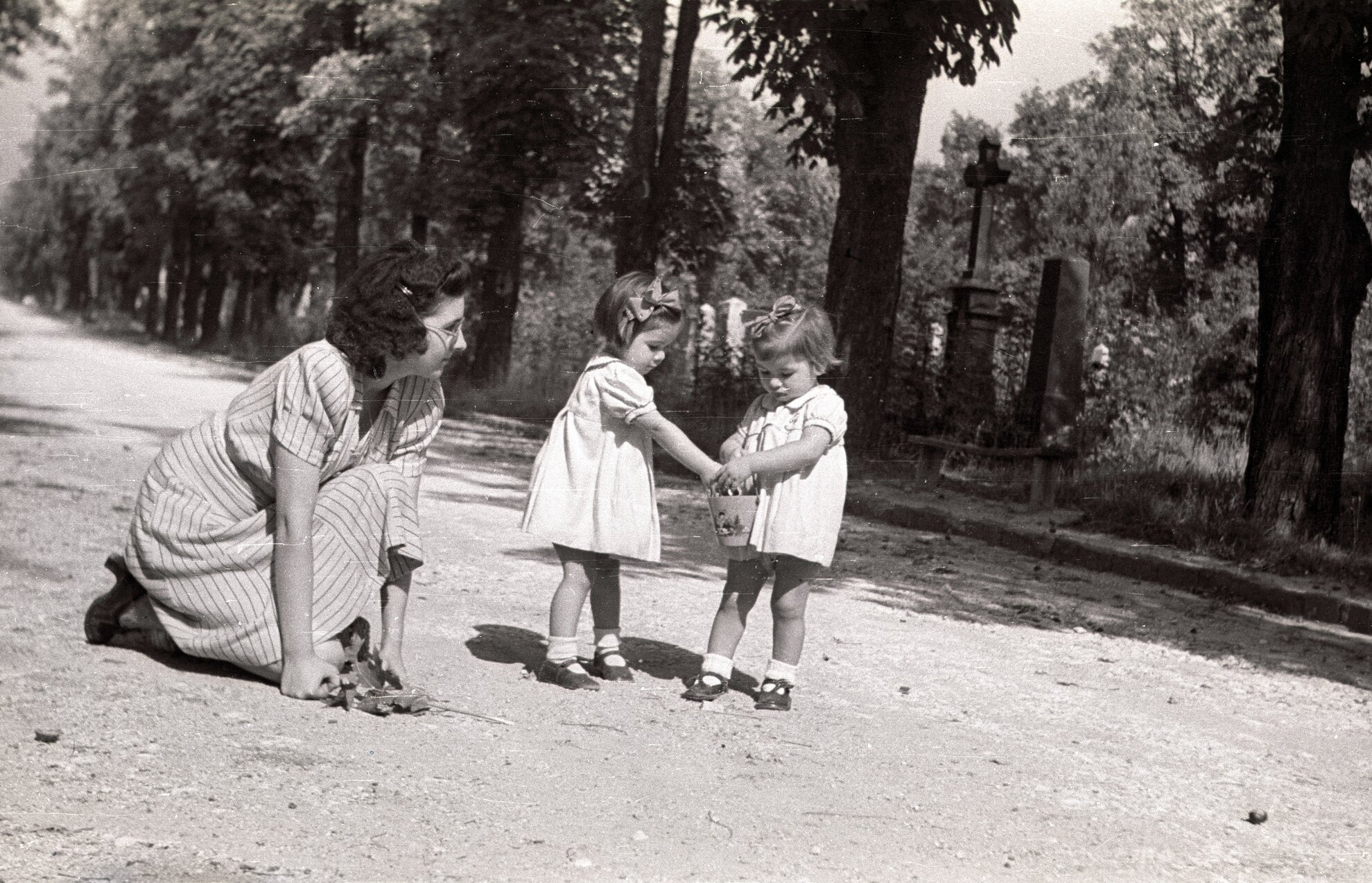
There were many military graves in Tabán cemetery – the fallen soldiers from the siege of Buda Castle in 1849 came to rest there, and it also served as the final resting place of such important figures as Benedek Virág and Gábor Döbrentei from the earlier 1800s.
After the cemetery was closed, these graves were moved to the adjacent Németvölgyi út cemetery. Today, on the site of the last cemetery in Tabán, you find a park, a playground and newly renovated sports fields.
Németvölgyi had a much shorter period of service: it was opened in 1885, but by 1912 it was already full. This is not even taking into account the fact that Farkasréti cemetery, opened in 1894, significantly relieved the tombs in Németvölgy. After the demolition of the neighbouring cemetery in Tabán, the graves of the soldiers from the 1848 revolution moved here.
Although the cemetery was full by the 1910s, it was only closed in the 1960s – Geszetnyés Garden was established in its place, with huge chestnut trees still showing what the former graveyard looked like. The MOM Cultural Centre was also built on the site of Németvölgyi, the Congress Centre, the Novotel hotel and, a little later, the MoM Sport Swimming Pool and Sports Centre and the Larus Restaurant and Events Centre.
Enclosed by a stone wall opposite Geszetnyés Garden and wedged between the houses built since then, there is still an Orthodox Jewish cemetery, which, like Németvölgyi, was opened in 1885.
Víziváros
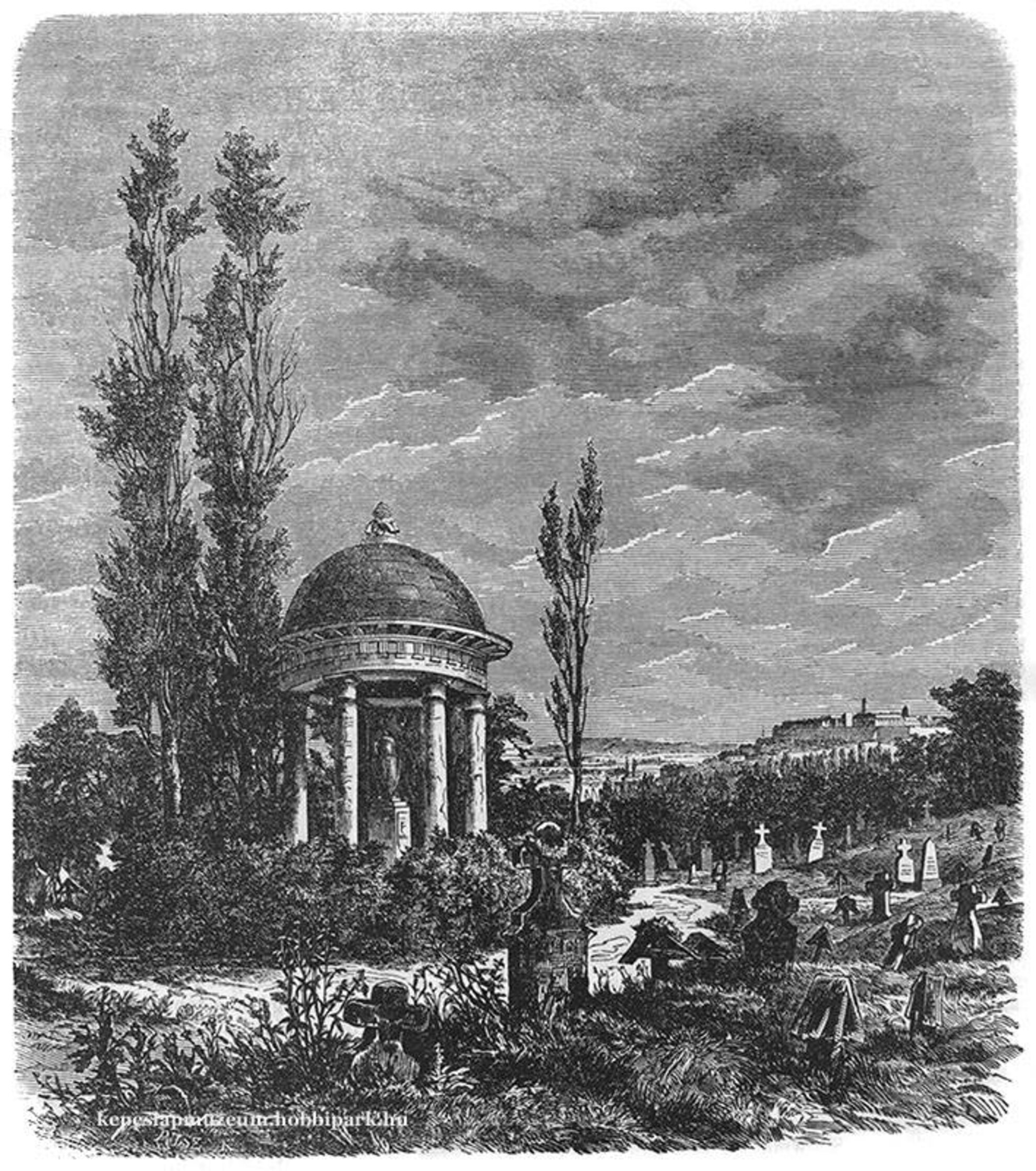
Víziváros cemetery was
not what where Víziváros today
– just as Csörsz utca is no
longer officially part of Tabán. The former cemetery of Városmajor, used by the
residents of Víziváros, was full by the end of the 18th century, so a new one
had to be designated as the burial place for the residents of Buda Castle, Országút and Víziváros.
Moreover, by decree in 1775, Habsburg Empress Maria Theresa forbade the
population to bury near churches and dwelling houses, so that burials outside
the city walls began.
In 1785, Víziváros cemetery stretched over present-day Szilágyi Erzsébet fasor, the most important burial site in the area for almost 100 years. It was the final resting place of contemporary celebrities such as writer Ignác Martinovics – who was buried outside the wall with his companions, in secret –, poet Ferenc Verseghy and engineer Pál Vásárhely. The military graves that once stood on the site of today’s Déli station were also moved here.
Víziváros cemetery was one of the most important in Buda –until 1885, when Németvölgyi opened. The graveyard was finally closed in 1930, and today Szent János Hospital, Kútvölgyi Hospital and the Pető Institute are located on its site.
Váci út
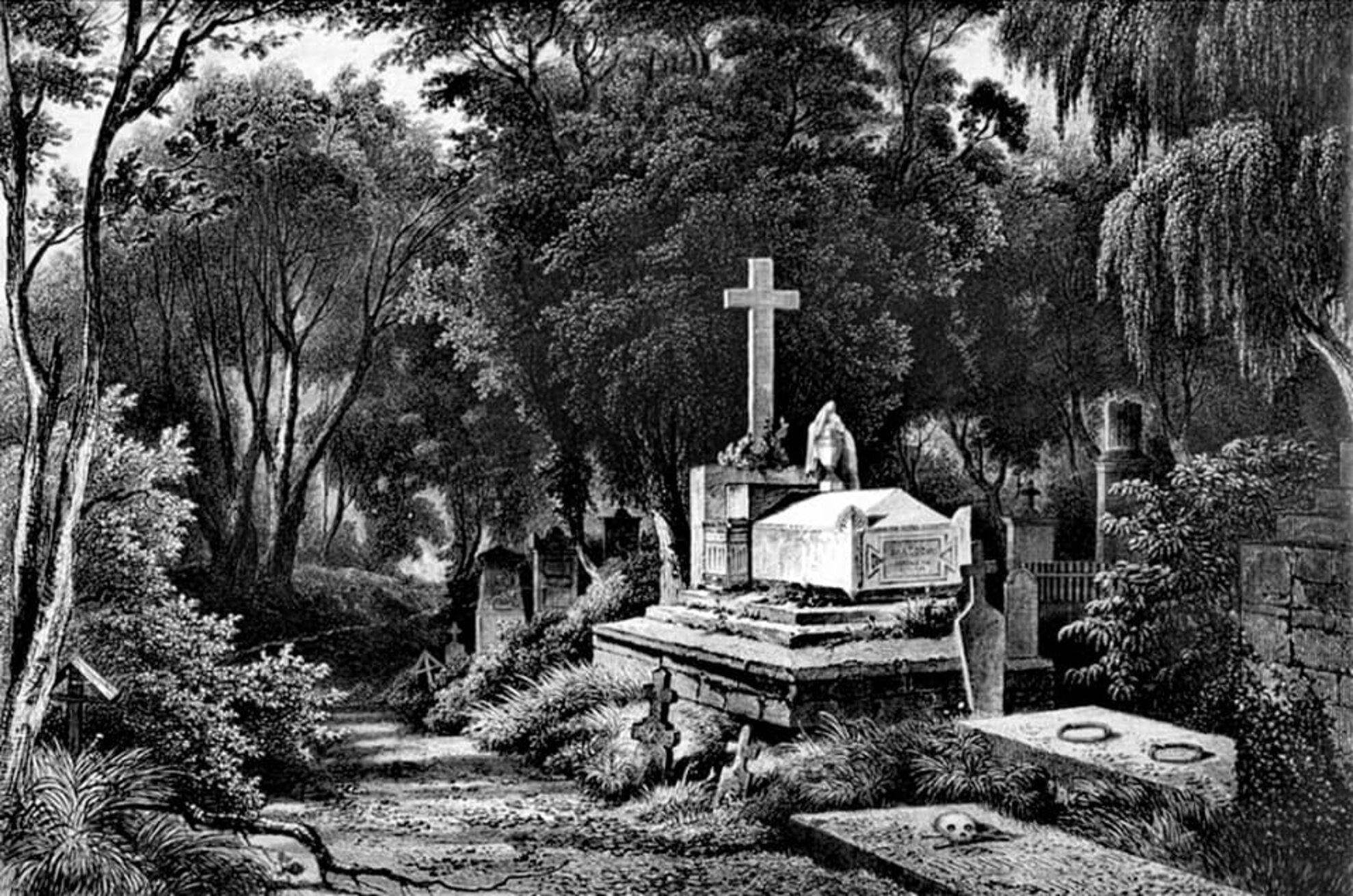
As important as the first
public cemetery, Tabán, was to Buda, so was Váci út on the other side of the
Danube. This graveyard designated in the triangle of Váci út, Lehel utca and
Taksony utca was opened in 1790, but for only 50 years it was the final resting
place of the Christian and Jewish inhabitants of the Belváros, Lipótváros and
Terézváros.
The need for a large central cemetery in Pest is illustrated by the
fact that by 1841, this one was practically full. Its predecessor stood by Váci
Gate of the old city wall, before it closed and was moved slightly north of
today's Szabadság tér.
However, the area was exposed
to fluctuations in the Danube, so a new site was soon found. Those of the Catholic,
Lutheran and Reformed religions could be buried in most of the cemetery – there
was a Greek-Orthodox section on the side facing Váci út, a Jewish section on
the site of today's Ferdinand Bridge, and there was a separate parcel for
soldiers.
This was the most important cemetery in Pest in the 19th century, in
use until 1847, when Kerepesi was opened. This one was only removed in 1873.
This cemetery also provided a final resting place for many well-known personalities,
including literary historian Ferenc Toldy and Petőfi's first love, Etelka
Csapó. Today, the site contains residential houses, the Westend mall and Lehel
tér market.
Józsefváros
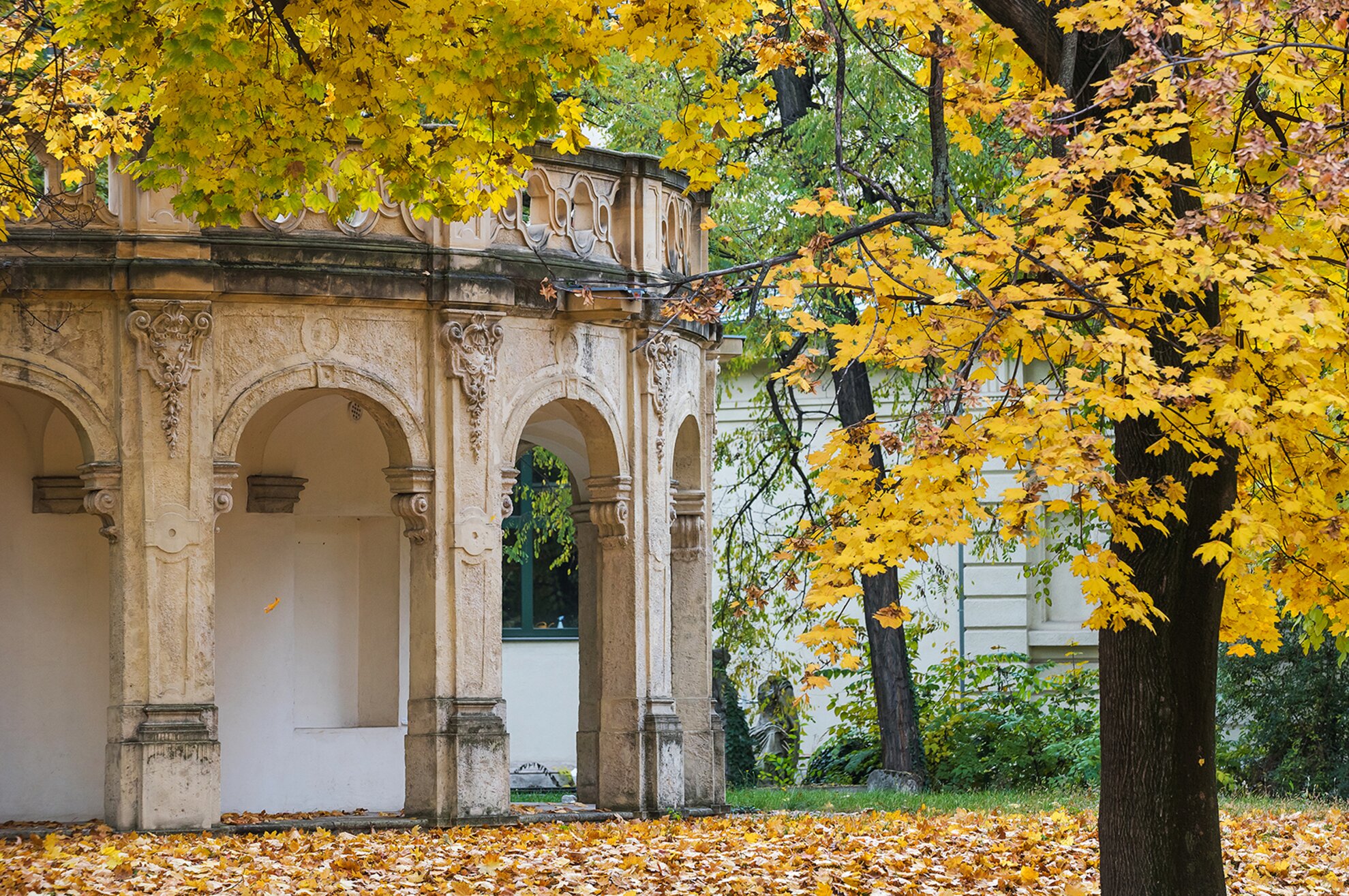
The cemetery in Józsefváros
was founded when the area began to be populated. Bounded by today’s Kálvária
tér, Kálvária utca, Dugonics and Diószegi Sámuel utca, the plot was used from the
1730s on.
Next to the graveyard, a Calvary was built ten years later, courtesy Anna
Wistner Schwartz, who spent her entire fortune on it. The cemetery was filled
fairly quickly, so that by 1755, local residents required a new burial place.
In the 1820s, a new graveyard was opened, this time much further out, in the
vicinity of Józsefváros station.
As for the Baroque chapel, it
was demolished at the end of the 19th century due to town planning. With the
help of famed sculptor Alajos Stróbl and architect Frigyes Schulek, it was
moved to its new location, Epreskert in Terézváros, where it is still located
today.
However, that new cemetery in Józsefváros did not last very long either,
as the city ever bigger, it needed land for the station founded in 1867, the
nearby Civil Servants’ complex, the Royal Hungarian State Iron, Steel and
Machinery Factories (MÁVAG) and a train carriage factory.
Those resting in the
cemetery, including Petőfi's parents, were transferred to nearby Kerepesi in
the 1870s.
